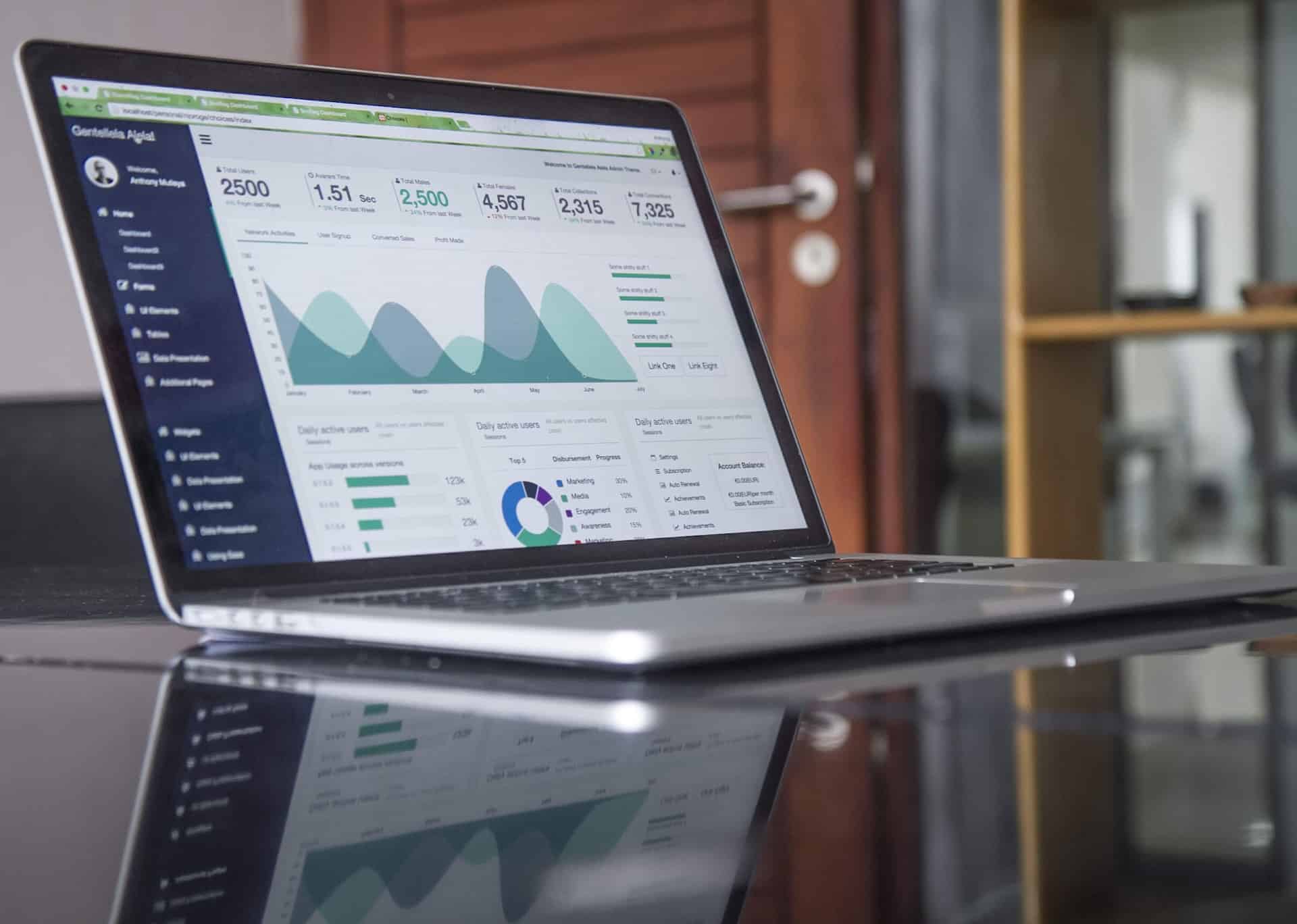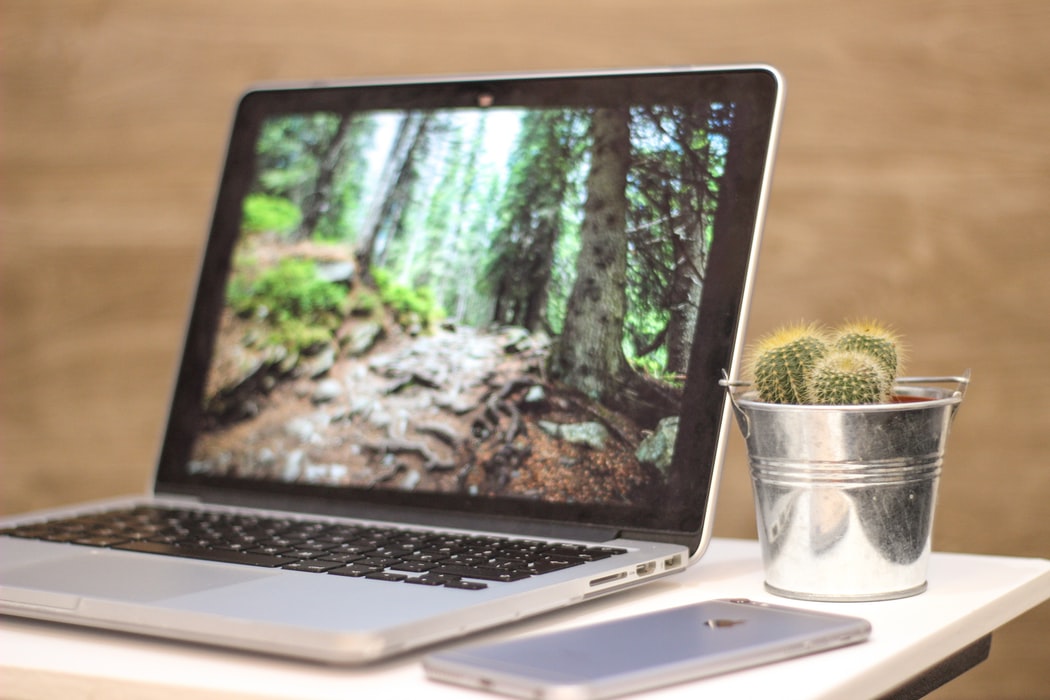Tour pricing can make or break your outdoor guiding business. Price your services too high and you won’t get enough customers to cover your costs or make a profit. Price your services too low and your costs will overtake your profits.
Maybe you want to start an outdoor guiding business because that’s your passion, your hobby, and your lifestyle. Sure, it could be cool to make money on the side guiding, but if you really want to start a full-fledged tour operation, you need to make a profit, not just break even, but to make money so your business stays, well, in business.
Figure Out The Costs Of Running Your Guiding Business
Before you can start pricing your tours, you need to figure out your costs. Typically, tour operators can expect to pay the following:
- Equipment maintenance (shuttle busses, ropes, helmets, gear, etc.)
- The salary of guides and staff
- Any training courses you will offer to your staff
- The commission for resellers (business partners, Online Travel Agencies, marketplaces, etc.)
- Internet, cell phone, electricity, rent, and other bills
- State and Federal taxes
- Marketing costs (ads, website, social media, print, etc.)
Pay Yourself
Another thing you should consider when setting your prices is how much you want to pay yourself. Start by adding up the time you spend on your business. Next, to price your time, set an hourly rate you want to earn from your business, and then divide that by how many tours you can sell in that time.
Timing
Since outdoor guiding trips are a service and not a product, you also have to consider how much time a single trip takes out of your day. If one trip takes 4 hours, you need to account for that in your costs. If you’re paying yourself $50/hour, you need to make at least $200 just for your salary for that trip. Then, consider the other costs too.
Seasonality
Also, don’t forget about seasonality. Will you operate all year long or just parts of the year? You need to make sure you take this into account while pricing your trips to make up for profit dips throughout the year.
Variable vs. Fixed Costs
Finally, another component of determining your costs is looking at variable and fixed costs. Variable costs are things that change in price week-to-week or month-to-month, like gas, food, and electricity. Fixed costs are costs that don’t change as often, like your internet bill, cell phone, rent, and staff salaries.
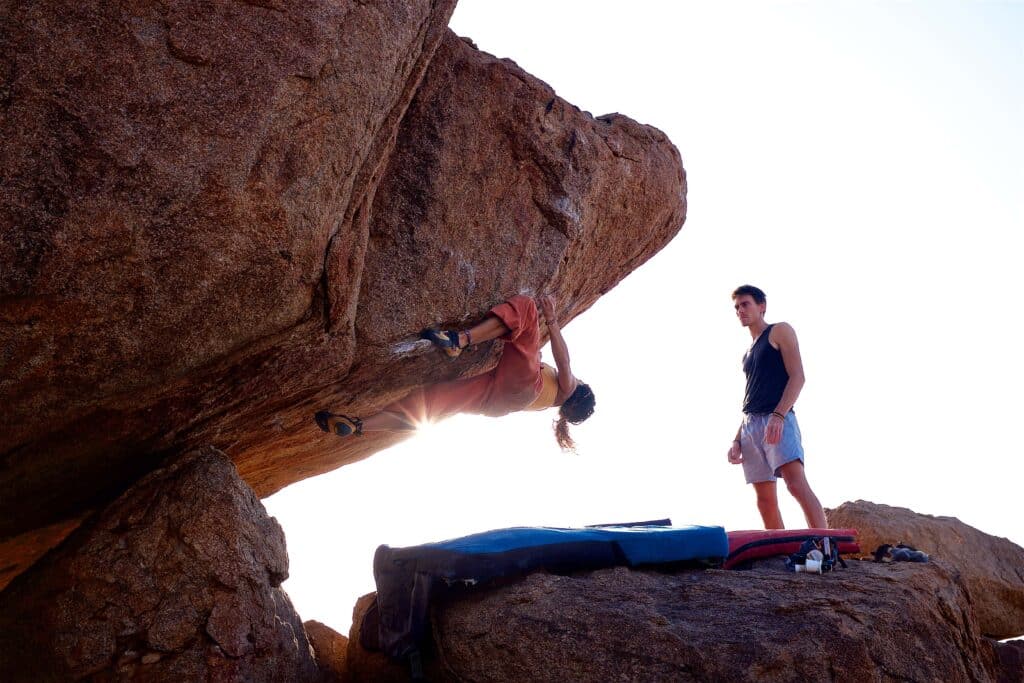
Next, Determine Your Profit Margin For Tour Pricing
You have a good idea as to how much it’ll cost to run your tour business. Next, you need to figure out how much money you want to make on top of that, a.k.a your profit margin, a.k.a how you’ll stay in business and don’t have to work a side job(s) to keep your passion running.
What You Need To Make To Break Even
Find out how many tours you need to provide in order to break even (by the week or by month). Start at your monthly costs then work backward.
For sake of simplicity, say your monthly costs are $1,000/month. To find the weekly breakdown, divide $1,000 by 4.3 (the average number of weeks in a month). That equals $232.55 (round up to $233). To break even, you’d have to make $233 per week from your tours.
Markup Percentage
Next, you need to determine your markup percentage to make a profit. A markup is how much your trip is “marked up” before it’s sold. If OTAs charge a 10-30% commission, it’s safe to assume that a 10-30% markup is within the industry standard (psst.. clients aren’t as opposed to service fees as you think. Check out our article on Airbnb’s service fees and how they’re able to charge as much as they do).
Say you want to make a 20% profit on your rock climbing trips. Take your costs per trip and divide them by one minus .2 which gives us .80. For example, say it costs you $100 per person per trip. Divide $100 by .80 and you get $125. $125 is your target price.
100/.8=$125
Or, if you want to make a 30% profit, take 100 and divide it by .7 (1-.30=.7).
100/.7 = $142.85
$142.85 would be your target price per person per trip.
Here’s the formula to do this equation on your own:
Target price = (Variable cost per product) / (1 – your desired profit margin as a decimal)
Putting it together:
Figure out your monthly costs and find the weekly breakdown of that cost. Then determine what that cost is per person so you can correctly markup your cost per person to make a profit. Don’t forget to factor in seasonality in there too!
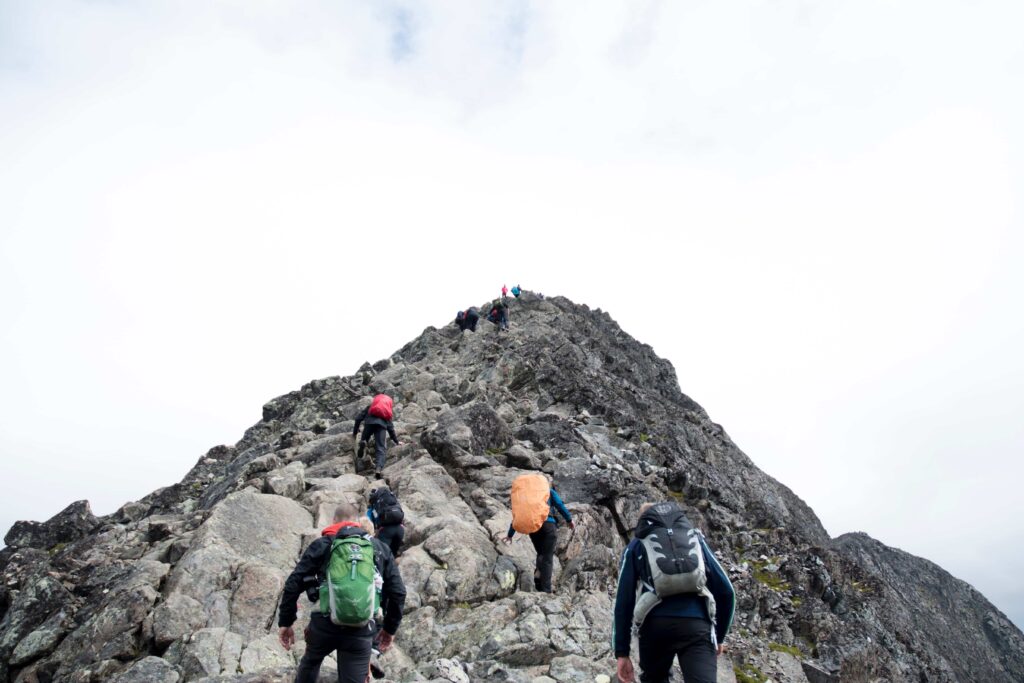
Cost Analysis For Your Tour Pricing Strategy
Say you’ve decided on $143 per person for a 4-hour rock climbing trip and you have a client-to-guide ratio of 4:1. That means you’d make $572 if you sold all four seats on this trip. But is this something that people are willing to pay for?
Compare With Competitors
Look at other guiding companies in your area or in neighboring cities that offer similar tours as yours to see their prices. For instance, we looked up rock climbing guides in Phoenix, Arizona and for a four-hour climbing trip for a group of four, we saw $155, $145, $145, and $175 from four different companies.
Don’t Automatically Go With Lowest Price
Don’t just go for the lowest price if your tours are unique and offer something different than your competitors (which they should).
You should already know by now what kind of trips you want to offer and how you’ll differentiate yourself from other tour operators in your area, so price your trips to reflect that (and don’t automatically go with the lowest price). As you can see, there’s a $30 difference between the lowest and highest price for rock climbing guides in Phoenix, Arizona.
If you stuck with your price of $143, you’d be the lowest price out of your competitors, even if it’s by $2. And you’d still have room to grow. If this price still allows you to pay for all the necessary costs to run your trips and make a profit, this might be a good starting point.
If you realize that you aren’t offering enough value on your trips for the cost, consider adding specific services that don’t add much to your cost, but have a high perceived value by customers like simple meals or snacks, bottled water, photos, etc.
Test And Adjust Your Prices
Test and adjust once you’re live. If you realize no one’s booking with you and they’ve mentioned the price, consider dropping it a touch (make sure you still make a profit). If you’re getting a lot of customers, but you’re losing money, you’ll need to increase your prices so you can stay in business.
As we saw in our Phoenix, Arizona rock climbing guides example, you’re more likely to fall into the latter situation (cost > price) since you’d have the cheapest tours. Luckily, you’d still have a lot of room to increase your prices before you get too expensive.

Make Your Tour Pricing On Your Website The Lowest Price
Your website is the best place for customers to book trips, so you want it to be the easiest and cheapest way to do so (psst… make sure to use streamlined online booking software so your website is, in fact, the easiest place to book a trip with you).
Charge Phone Booking Fees
Some outdoor tour operators charge a phone booking fee, which we think is ingenious. Sure, you want to help customers and answer their questions. And some customers need to have a ton of information before they feel comfortable booking a trip with you.
The problem with that is you could end up spending too much time on the phone answering their questions and booking the trip for them when you could be leading trips yourself or advertising your business.
You want to make $50/hour, right? How much money do you lose when you spend it on the phone booking customers when they can easily do it on your website?
Markup Your Trips For Resellers
If you work with a reseller or an online travel agency (OTA) like Expedia, TripAdvisor/Viator, GetYourGuide, and Klook, make your prices higher on those websites than on yours. OTAs charge commissions anywhere from 10-30% of your trip cost, so mark them up higher to make up for the commission cost.
By charging a phone booking fee and marking up your prices on OTA websites, you incentivize people to book on your website because it’s the cheapest option.
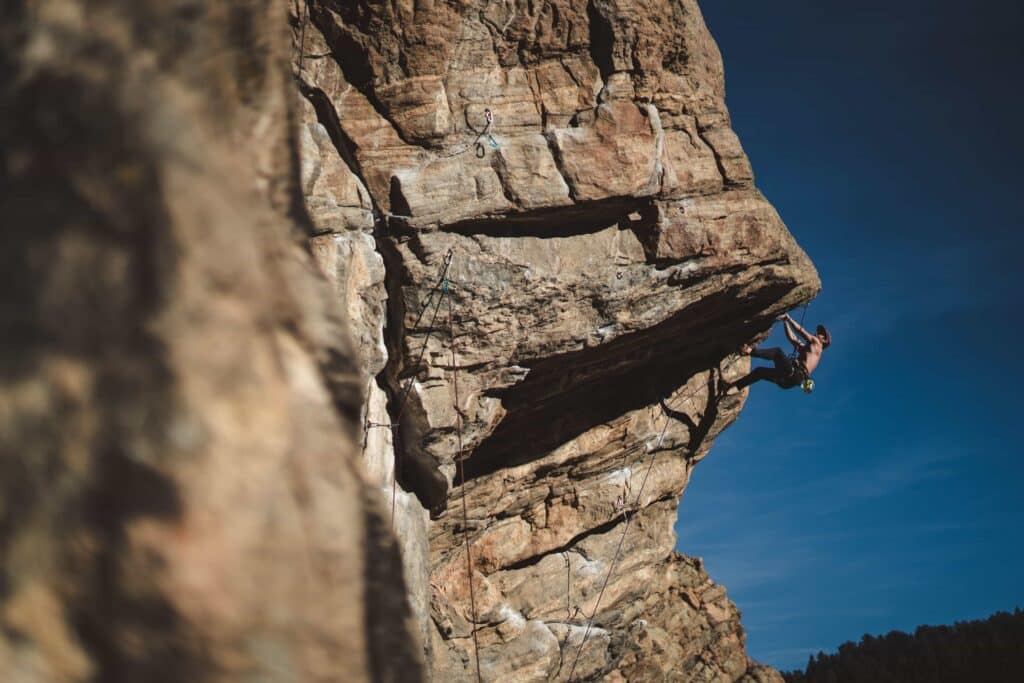
Adjust Your Tour Pricing For Inflation
Pricing is never a ‘set it and forget it’ strategy. Things are always changing. You need to be flexible and change with the economy. And adjusting your tour pricing for inflation is a necessary evil.
No one likes what inflation rates do, which is jacking up prices. Unfortunately, you aren’t immune to inflation rate increases. Plus, you don’t want your costs to be greater than what you’re charging because then you set yourself up for running out of money to run your business.
As of this writing (October 2022), the inflation rate is at 8.26%, which means your prices should reflect that since you’re paying more for gas, food, etc as an operator. If you’re charging $143 per person for a trip, an 8.26% increase would be an additional $11.81, so that’d come out to $154.81.
With that price adjustment to account for inflation, you’re actually still competitively priced. What you can do is what we mentioned earlier: add more services to your trips that don’t add a lot to your operating costs, but make customers feel like your trips have a higher value compared to others.
By showing your customers the value of your trips and the experience they’ll get by booking with you first, when they finally see the price they’ll know what they’re going to get for that cost. And they’ll be able to assess for themselves if your trip is worth it. If you’ve done a good job illustrating everything you offer, then there will be no doubt in their mind you’re the guide for them.
Note: Use this article as a starting point, but hire an accountant so you can get a professional opinion as to what you should be charging for your tours to not only cover costs, but make a profit.

